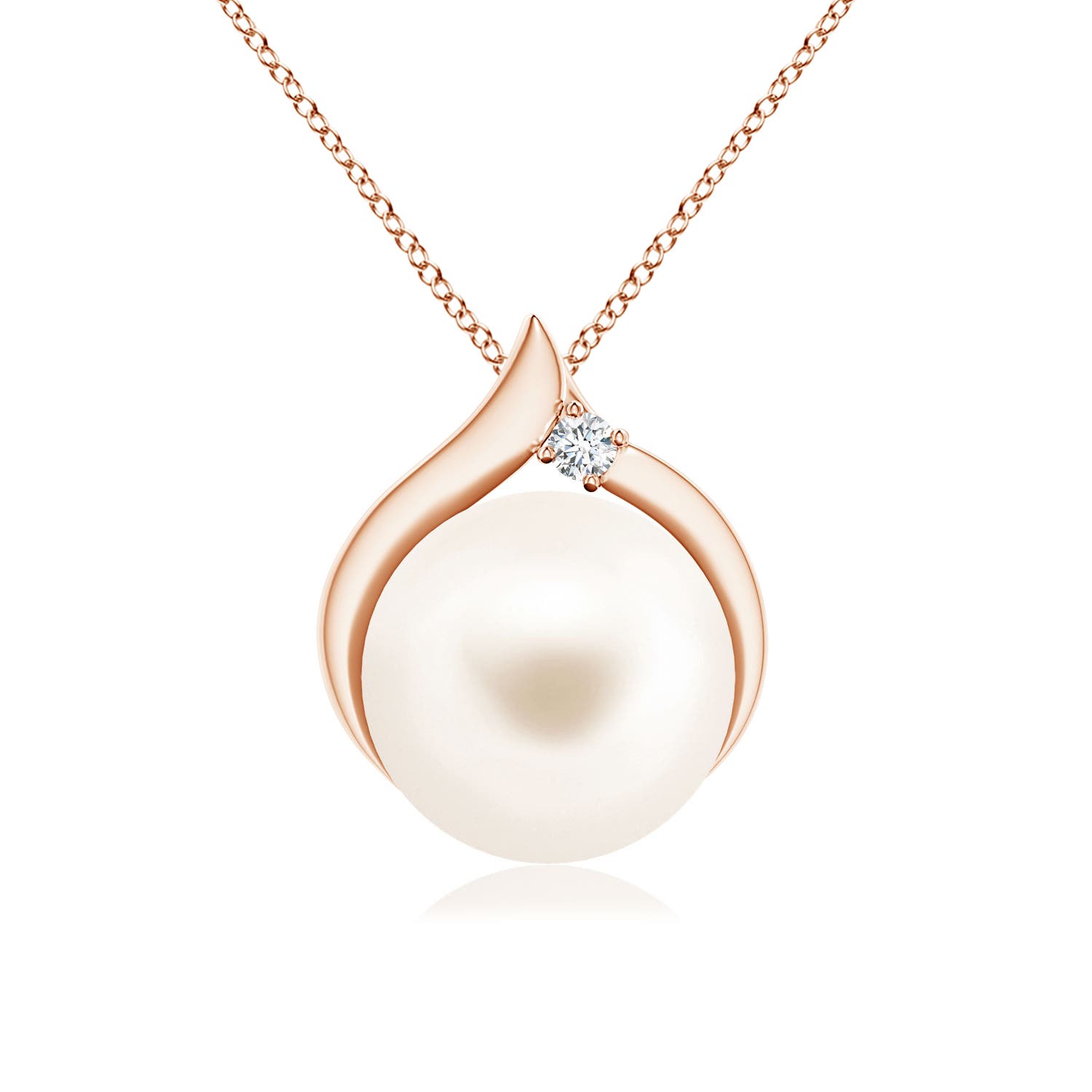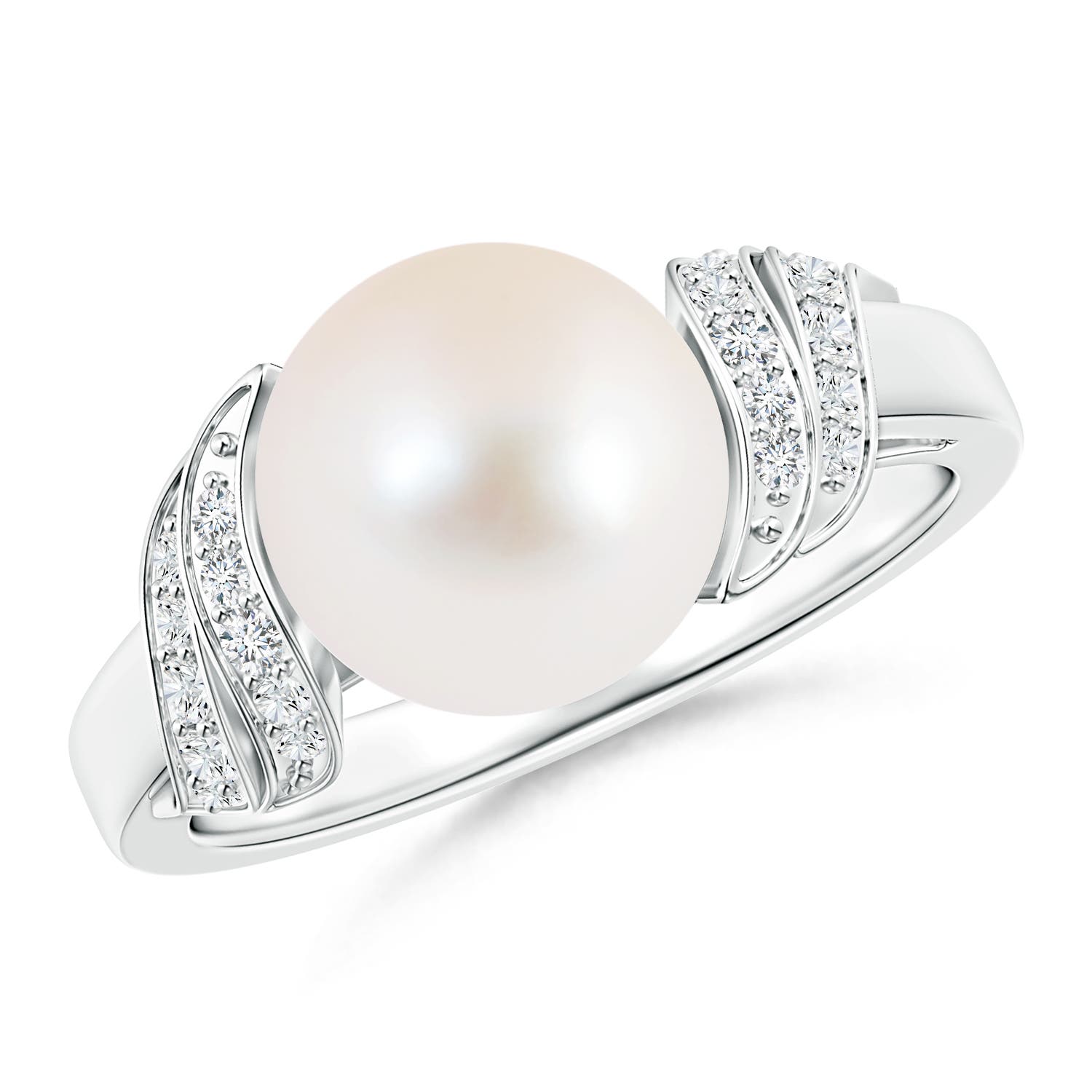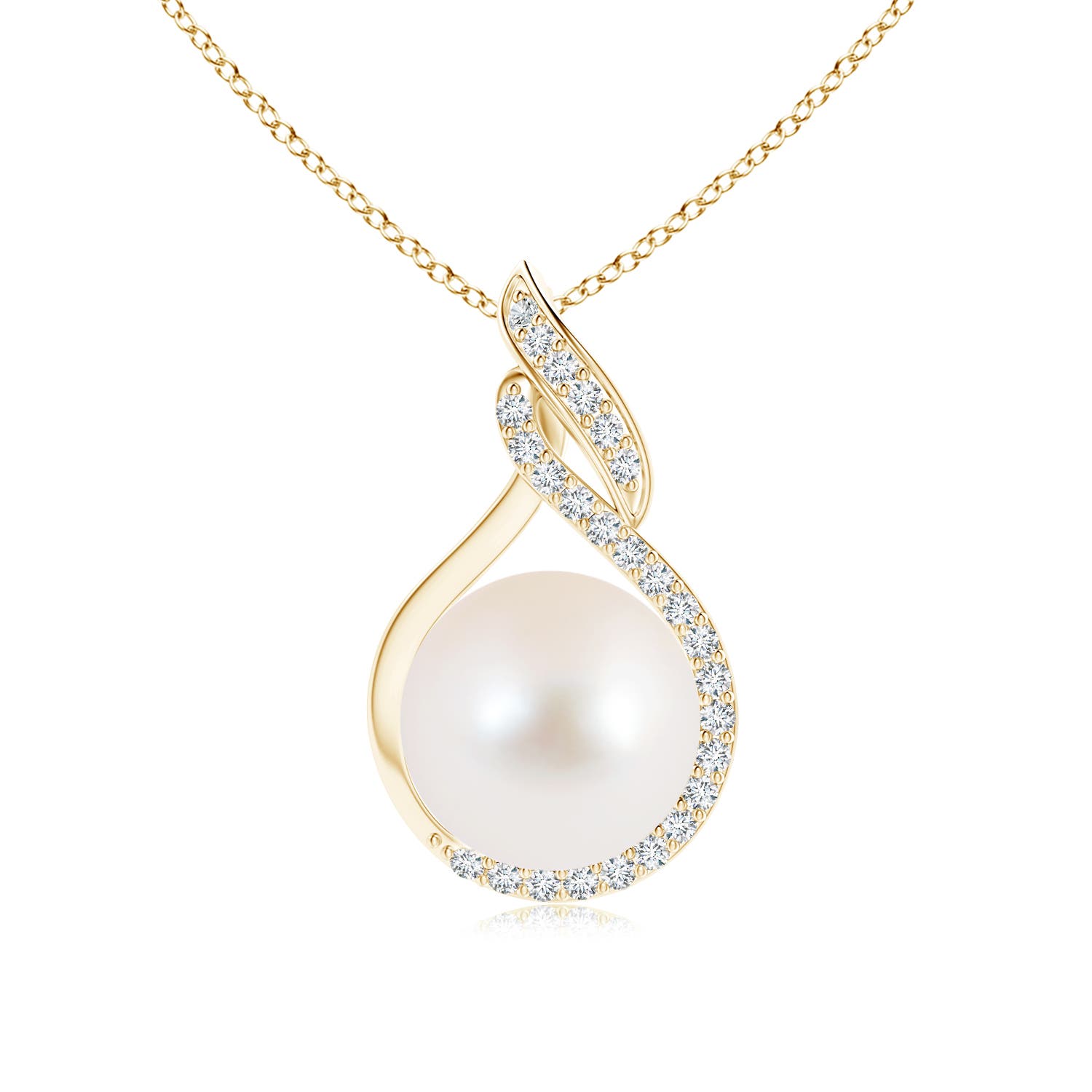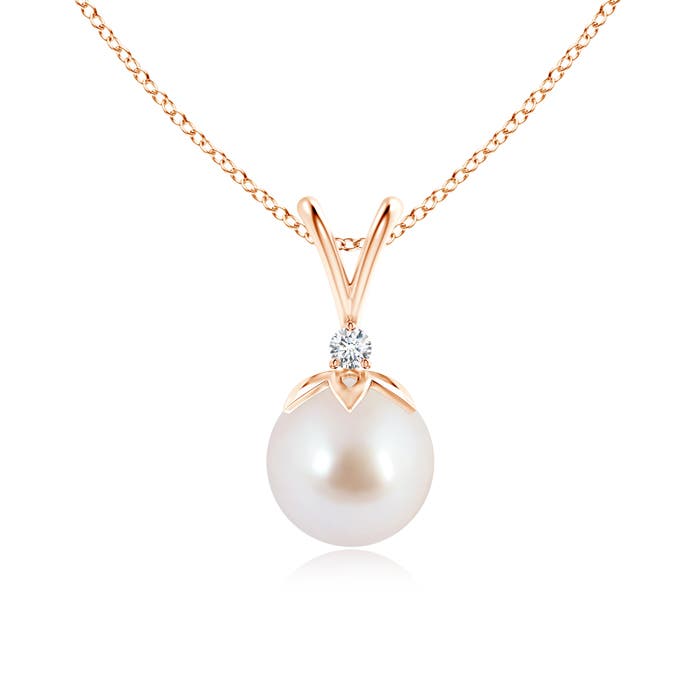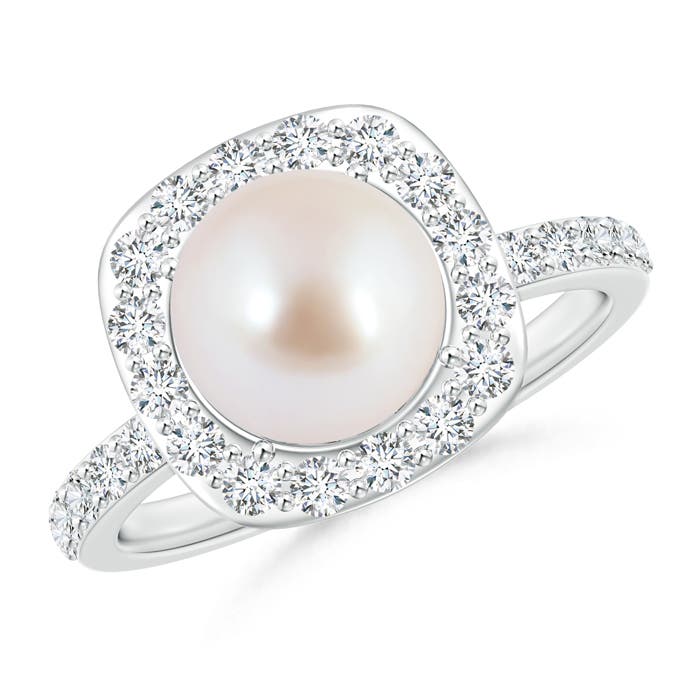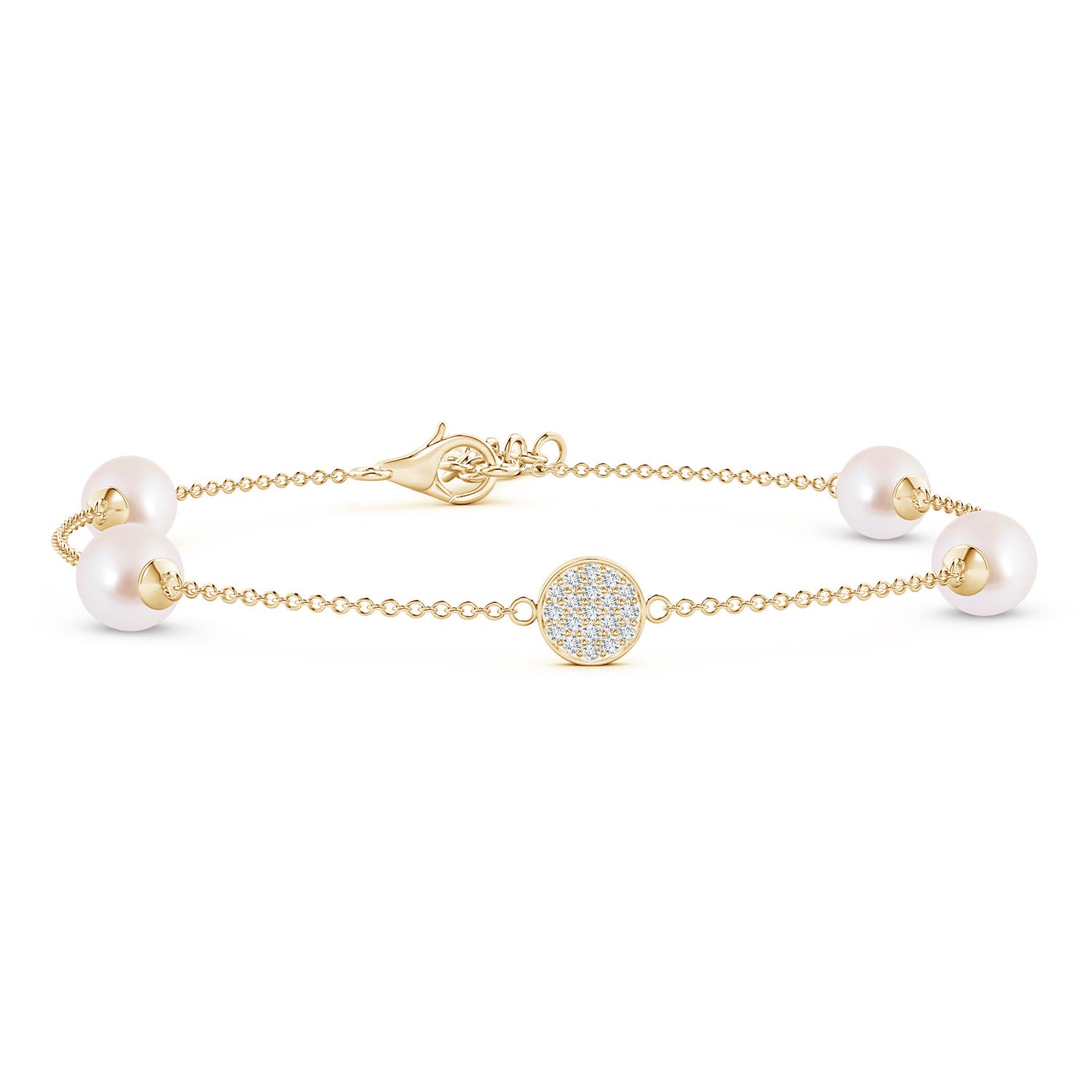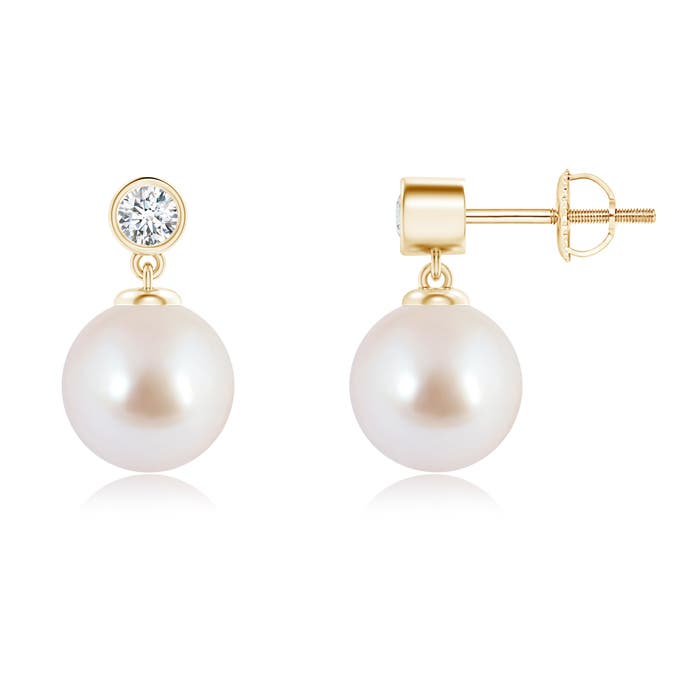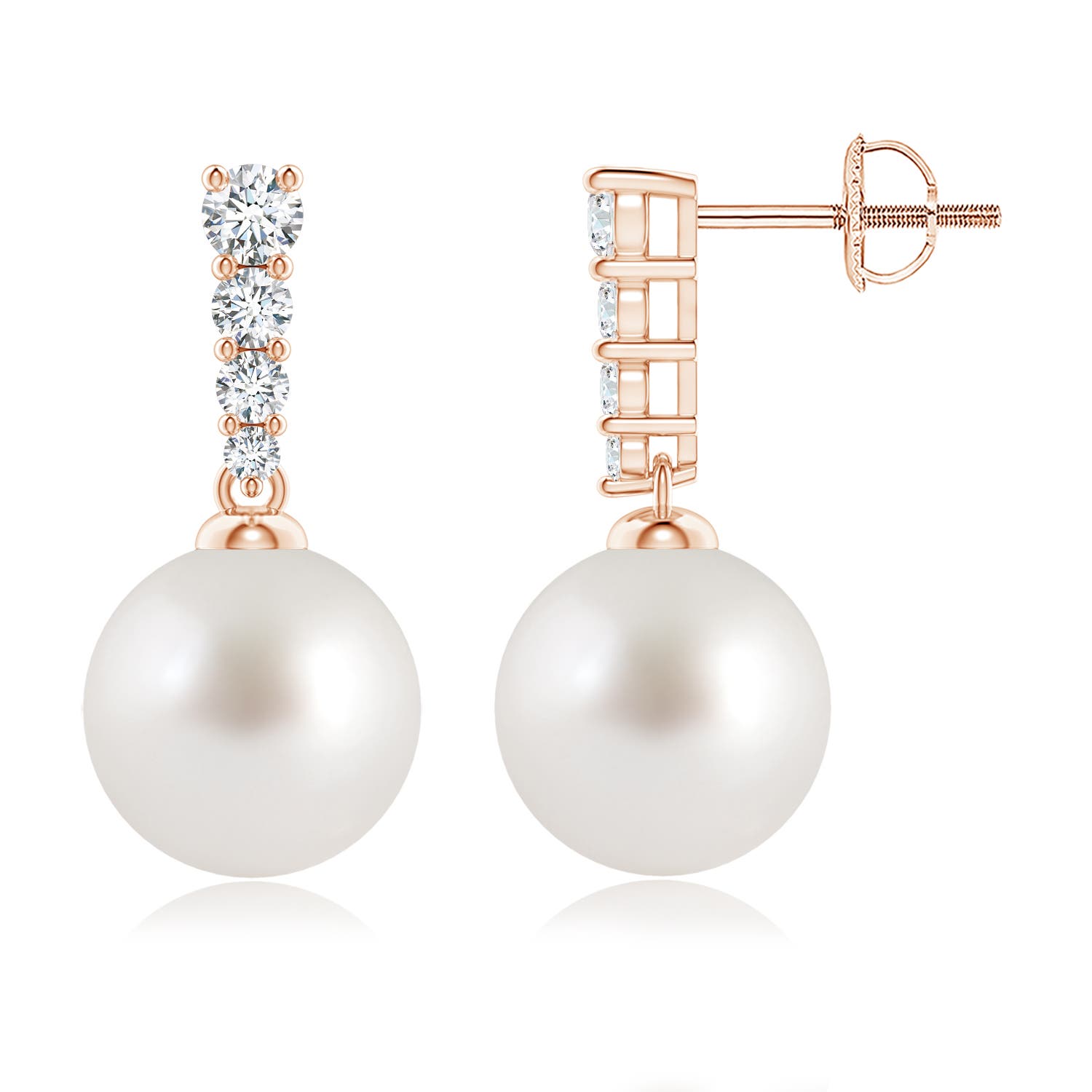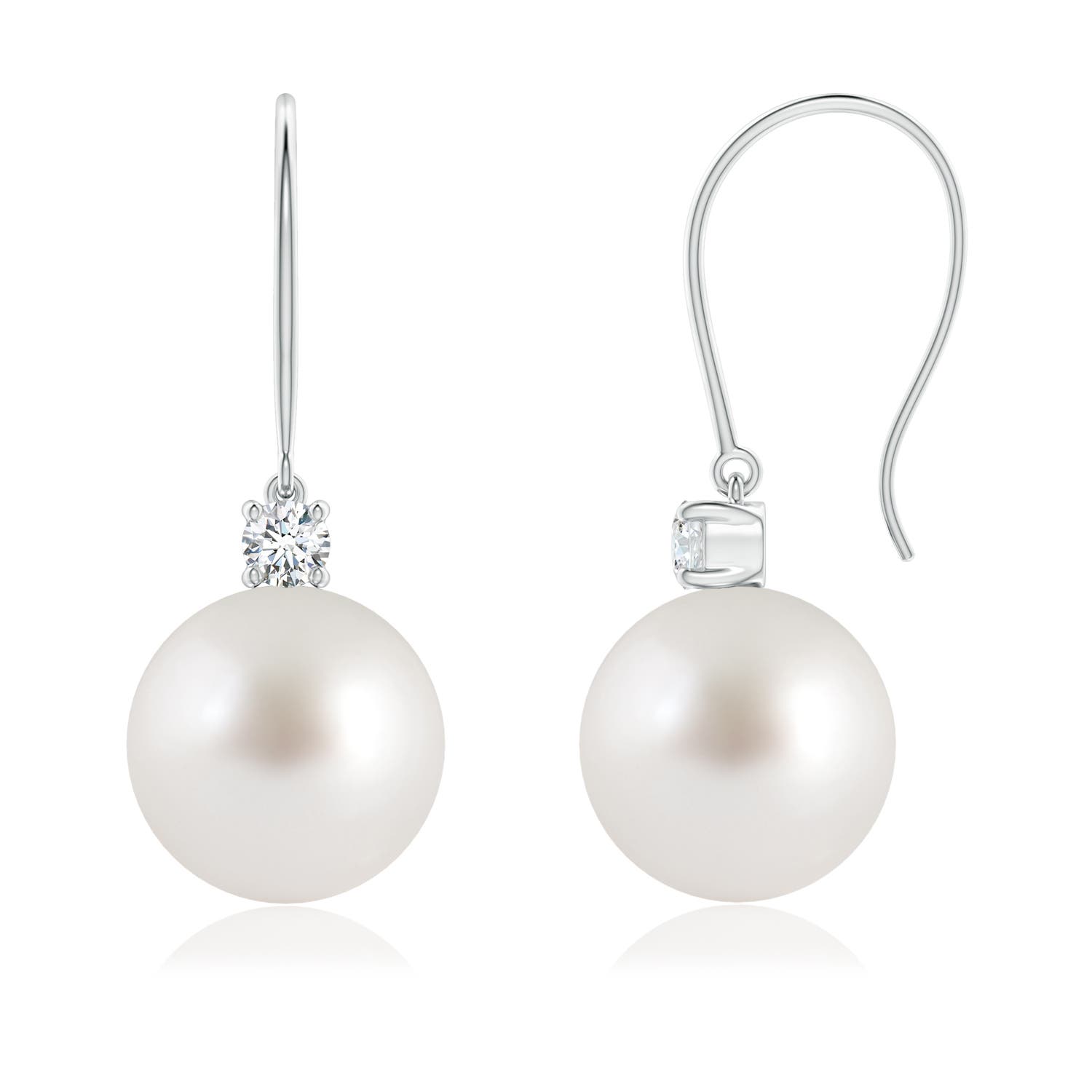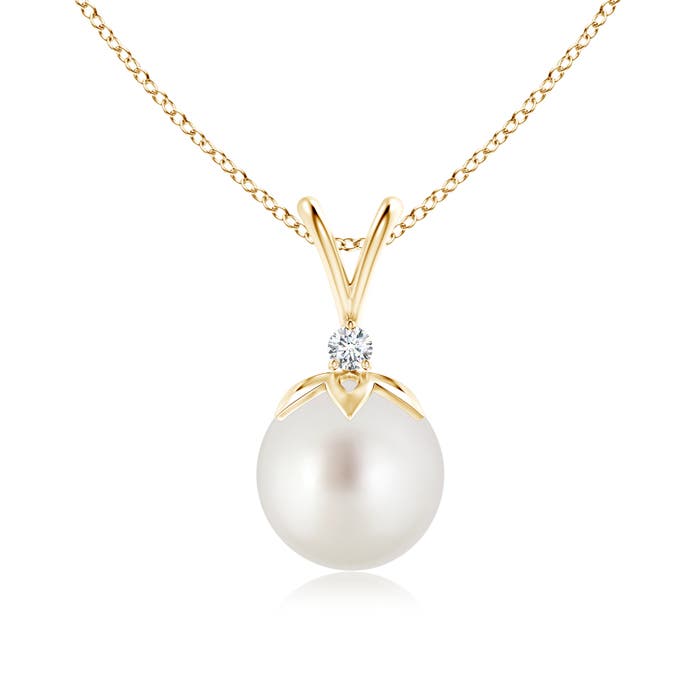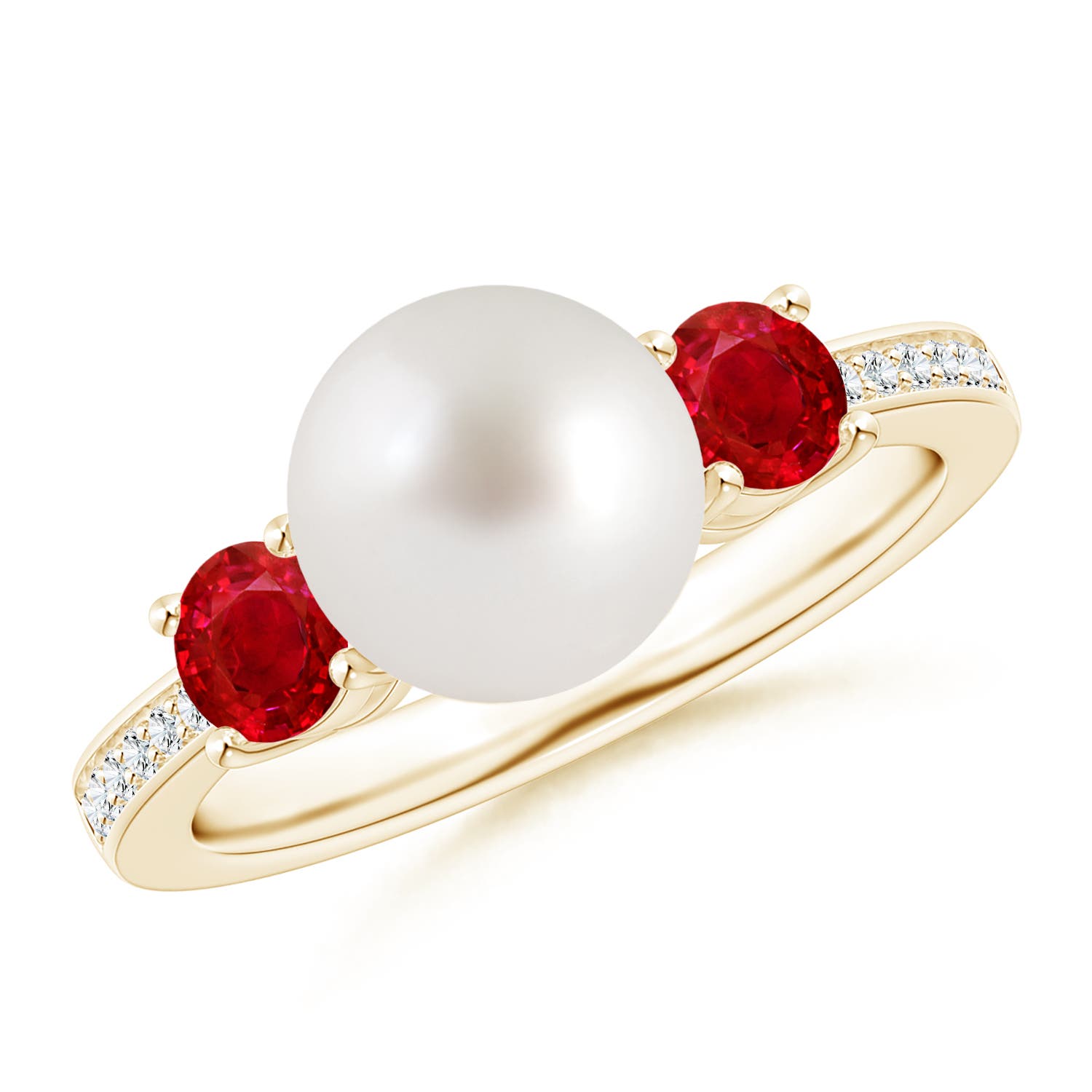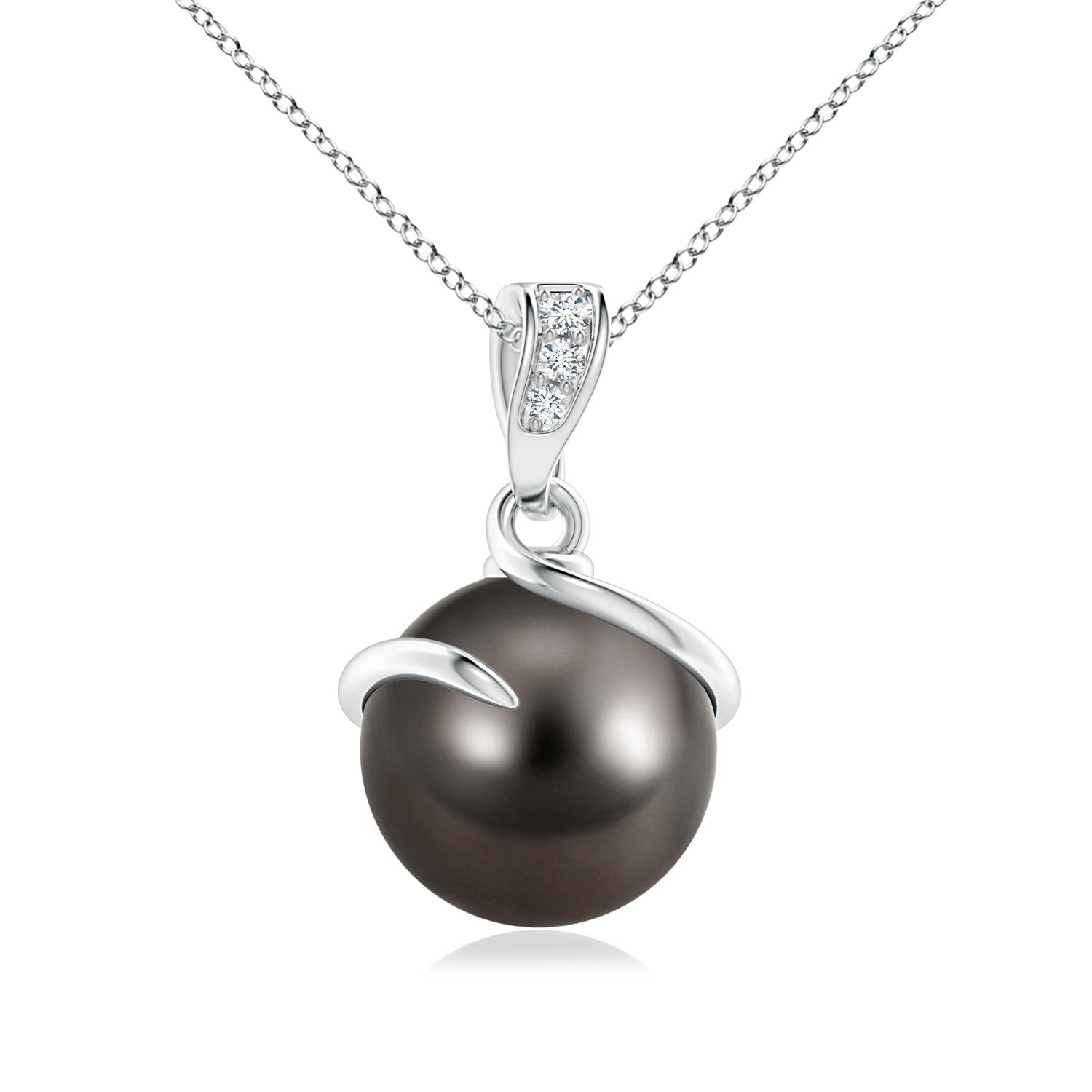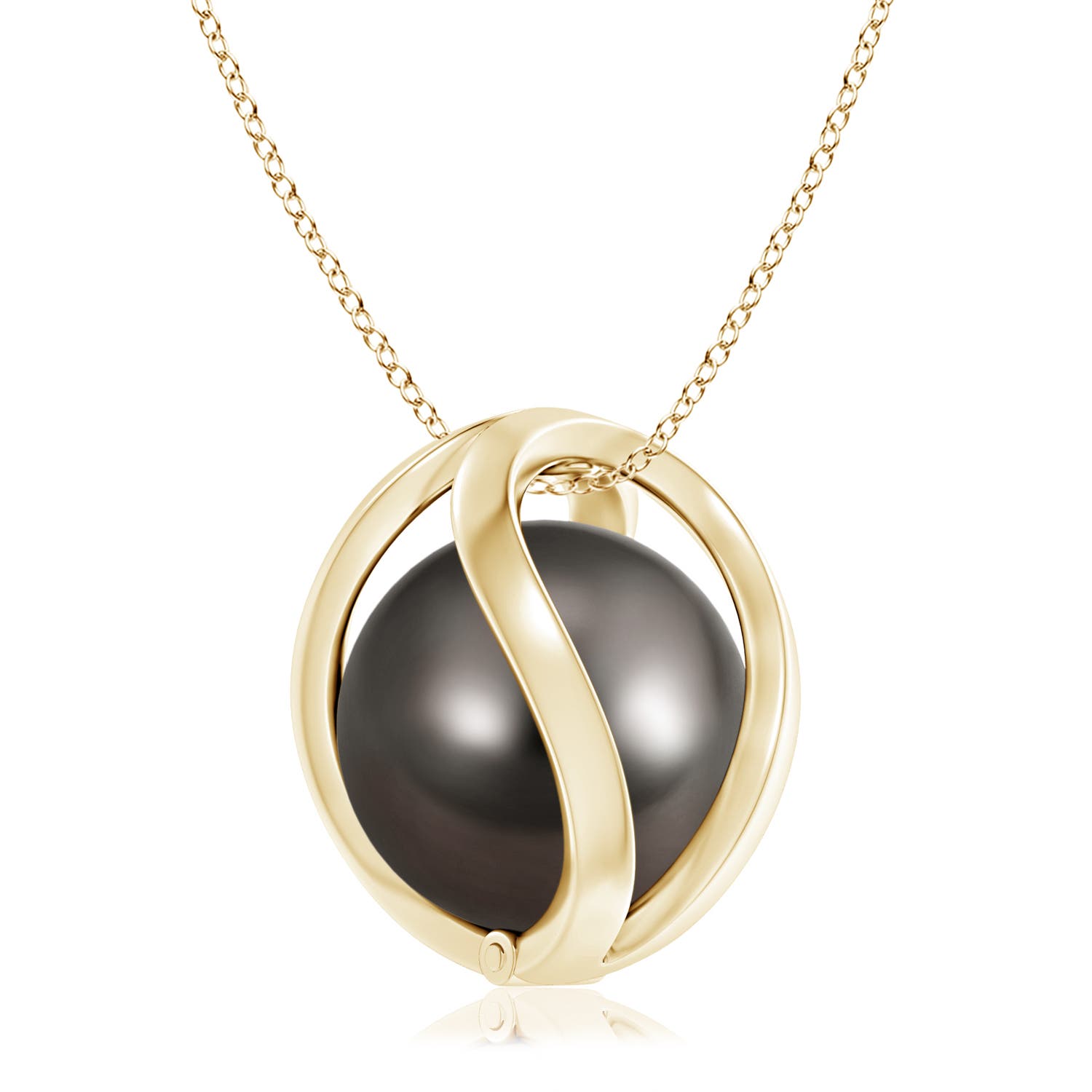If you’ve ever found yourself admiring the lustrous beauty of pearls, chances are you’ve also come across the term ‘mother of pearl.’ While they may sound similar, both have distinct characteristics that set them apart. Join us as we unravel the mystery behind mother of pearl vs. pearl, where we’ll discuss the key differences between the two in detail, exploring their origins, properties and uses. Whether you’re a jewelry expert or a casual admirer, this article will provide you with valuable insights into these exquisite treasures of the sea. Dive right in to know more.
Difference Between Mother of Pearl Vs. Pearl
1. Formation
Mother of Pearl: So, what is mother of pearl? Well, just like pearls, mother of pearl is formed from nacre. It is formed inside the shell of mollusks instead of around the irritant, creating an extra layer of protection. It gets its name because the nacre-lined shells are the belly inside which the pearls are produced.
Pearl: Pearls are formed inside the mollusk. When an irritant such as sand enters the shell, it gets stuck inside the mollusk’s inner lining. In reaction, the mollusk forms layers of nacre around the irritant to shield itself. Over a period of three to four years, these layers accumulate, gradually forming a stunning, lustrous pearl.
2. Appearance
Mother of Pearl: It has a flat, iridescent surface, caused by the reflection of light on the several layers of calcium carbonate that form the oyster shell. It typically appears in colors such as white, ivory and pink.
Pearl: Typically, pearls are spherical, with a shiny surface. Some pearls are round and oval. While white pearls are the most common, they can also be found in a variety of colors, including black, gray, pink and even rare shades such as blue and green.
3. Durability
Mother of Pearl: Although mother of pearl is soft with a Mohs rating of 3 to 4, it is more durable than pearls. Mother of pearl is comparatively more resistant to abrasions and temperature variations. However, they still need to be handled carefully to prevent damage.
Pearl: Pearls are softer and more delicate than many gemstones, with a Mohs rating ranging from 2.5 to 4.5. They are more prone to scratches, abrasions and other damage and need to be handled with care.
4. Availability
Mother of Pearl: Since mother of pearl is found in various mollusk species such as oysters and mussels, it is available in abundance. This makes it more affordable compared to pearls.
Pearl: Pearls are quite difficult to find, especially the good-quality ones. This is because they require particular types of mollusks and environmental conditions. Although cultured pearls are more common, they still take some time to form. Cultured pearls may take six months to two years to form.
5. Uses in Jewelry
Mother of Pearl: Mother of pearl is often used as a decorative element in jewelry, buttons, watch faces, pieces of furniture and home decor.
Pearl: Pearls are more popular when it comes to jewelry and are used in pearl strands, pendants, earrings, rings, bracelets and more.
Now that we’ve answered the question, what is a pearl, and told you all about pearls and mother of pearl, let’s move on to explore the most popular types of pearls available.
Freshwater Pearls
Freshwater pearls are produced by mussels and are typically smaller in size. Due to their abundance and versatility, freshwater pearls are a popular choice for jewelry designers looking to create modern and trendy pieces.
Eager to add some freshwater pearl jewelry to your daily rotation? Well then, this is your sign to shop all your favorites at Angara.
Japanese Akoya Pearls
Japanese Akoya pearls are renowned for their impeccable luster and perfectly round shape. These pearls are prized for their high quality and classic beauty. Typically found in white or cream tones, Japanese Akoya pearls are a popular choice for traditional pearl jewelry.
Want to add some stunning Akoya pearl pieces to your collection? Go ahead and shop Akoya pearl jewelry at Angara!
South Sea Pearls
South Sea pearls are some of the largest and most valuable pearls in the world. Produced by the Pinctada maxima oyster, these pearls come in a range of colors, including white, silver and golden hues. Known for their exquisite luster and smooth surface, South Sea pearls are often used in high-end jewelry pieces for their luxurious appeal.
Can’t wait to get your hands on some South Sea pearl beauties? Explore Angara’s collection and shop South Sea pearl jewelry right away!
Tahitian Pearls
Tahitian pearls are produced by the Pinctada margaritifera oyster. Tahitian pearls come in a variety of colors, ranging from black and gray to green and blue. Renowned for their exotic beauty and bold presence, Tahitian pearls are a favorite among jewelry connoisseurs looking to make a statement with their accessories.
Looking for Tahitian pearl jewelry for women? Angara’s got classic and modern styles you’ll fall in love with.
In the endless debate of mother of pearl vs. pearl, both hold their own unique appeal and beauty. Mother of pearl exudes a luminous iridescence, while the classic pearl embodies elegance and sophistication.
And if you’re eager to revamp your pearl jewelry collection, don’t forget to check out Angara’s range of pearl rings, earrings, necklaces, pendants and bracelets that exude timeless charm.
FAQs
1. What is mother of pearl?
Composed of nacre, mother of pearl is the inner layer of a mollusk’s shell. Although it looks similar to pearls, it has a more colorful and lustrous sheen. It’s often used in decorative items, jewelry, inlays and furniture.
2. Is mother of pearl the same as pearl?
No, mother of pearl and pearl have certain differences, although they are commonly mistaken to be the same. They differ in their formation, durability, availability and uses.
3. Which is more expensive, pearl or mother of pearl?
Due to their rarity, pearls are more expensive compared to mother of pearl. Pearls are priced higher because of their time-consuming and meticulous formation process.

























